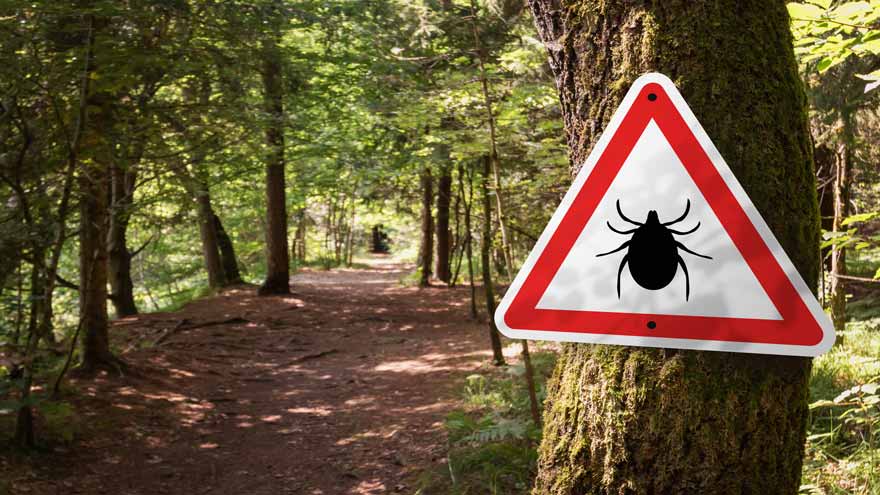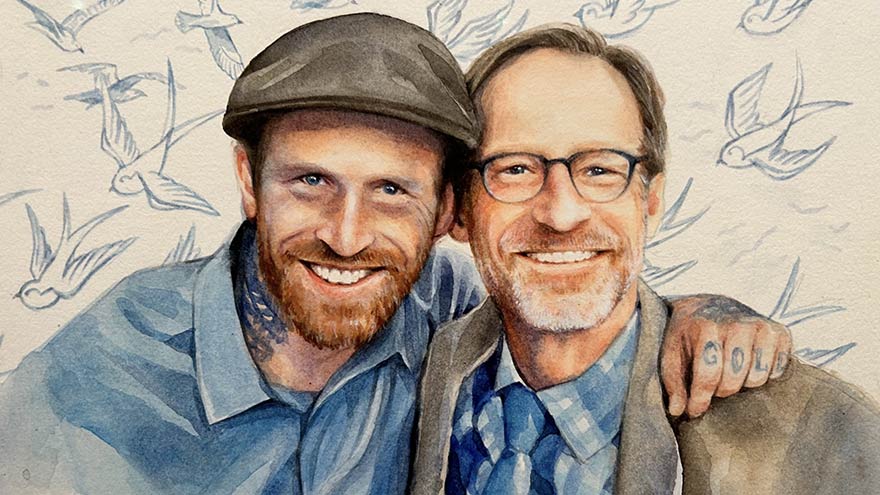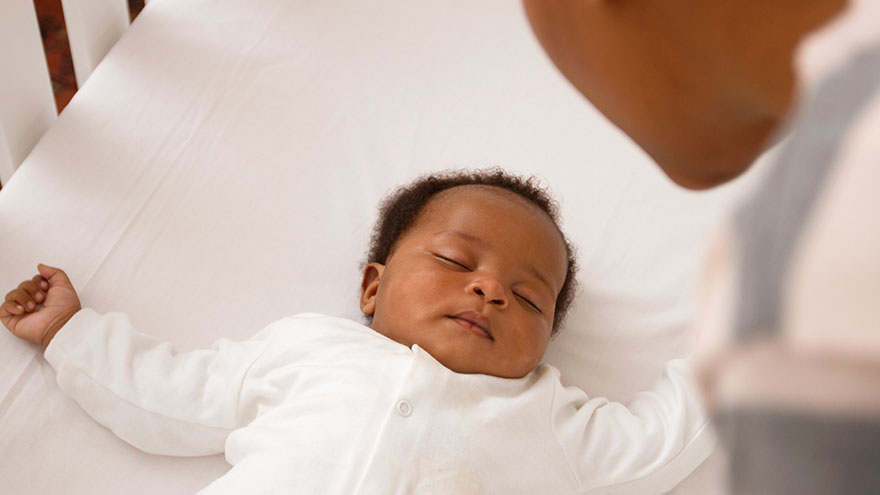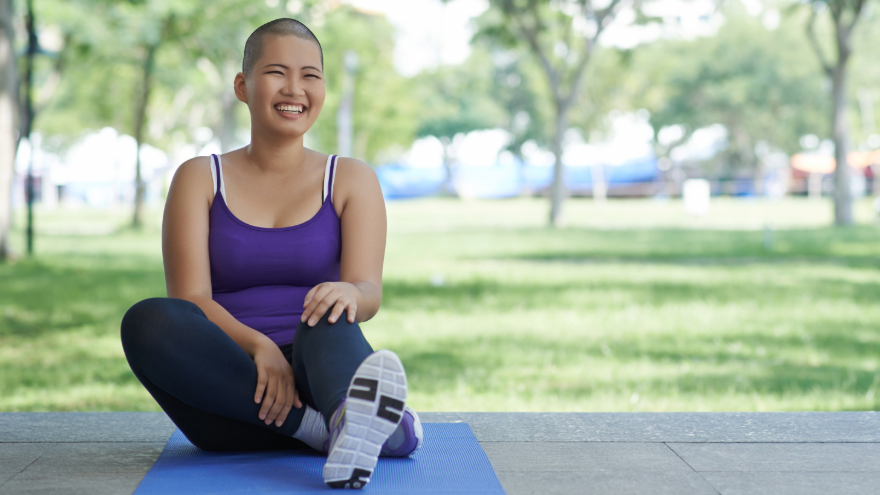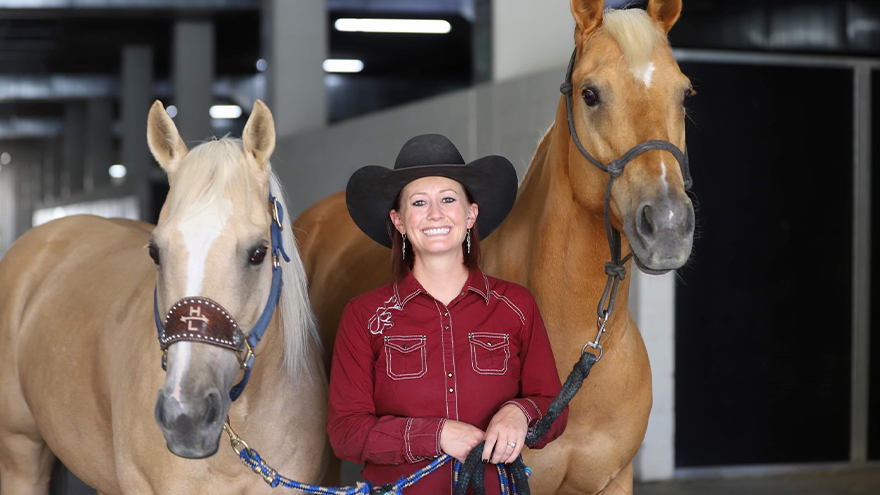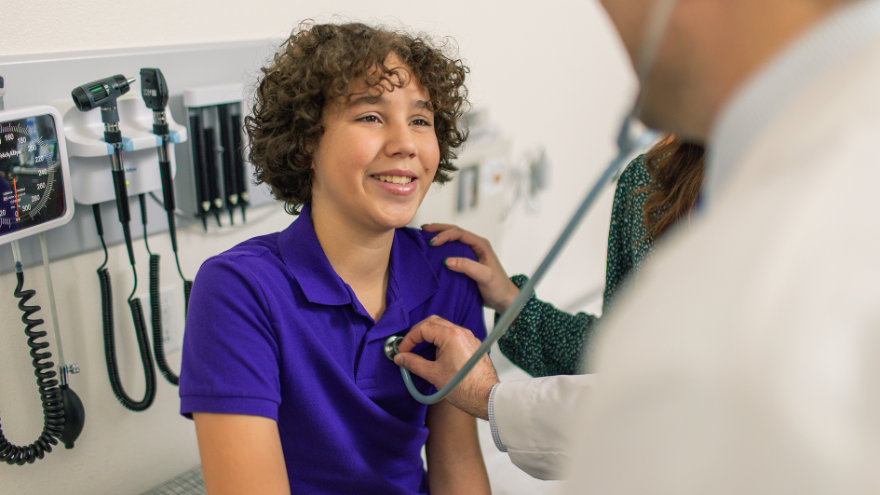Search
Results for 'what is an'
Clear-
Lyme Disease: 3 Things You Should Know
Approximately 476,000 Americans are diagnosed and treated for Lyme disease every year. Lyme disease is an infection that is transmitted to humans through the bite of infected black-legged or “deer” tick. It’s the most common and fastest-growing vector-borne disease in the United States. This bacterial infection, if left untreated, can cause serious pain, fatigue and other crippling symptoms. Keeping an eye out for early signs of Lyme disease, implementing prevention techniques and understanding testing and treatment options can go a long way in maintaining your health. We consulted with Peter O’Reilly, PA-C at Renown Medical Group – South Carson to learn more. 1. Recognizing the Signs of Lyme Disease Lyme disease is extremely easy to misdiagnose, given that most of its early signs and symptoms mimic those of other conditions, such as COVID-19. Common Lyme Disease symptoms include: Fever Chills Joint or muscle pain Swollen glands Extreme fatigue Headache The primary initial symptom that occurs in about 80 percent of Lyme disease cases is a “bulls-eye” rash that spreads around the site of the tick bite – called “erythema migrans.” Tick bites can be hard to find and not everyone gets the classic bullseye rash, making Lyme disease difficult to self-diagnose. O’Reilly suggests talking to either your primary care doctor or infection doctor as soon as possible if you’re concerned about Lyme disease.
-
Why I Give: Dan’s Story
In the fall of 2020, Dan's world was suddenly shaken when he received a distressing call: his son, Jeremy, was admitted to Renown with complications from spinal meningitis. Without a second thought, Dan rushed from Southern California to be by Jeremy's side. For an agonizing 10 days, Dan remained in the ICU. He was overwhelmed with worry and helplessness as Jeremy fought for his life on a ventilator. During this time, Dan, an esteemed artist and professor, found comfort in the collection of artworks adorning the walls at Renown. With more than 2,000 pieces of original art, Renown has meticulously curated hospital rooms, hallways and various spaces to support those in need. Dan, who talks about art's magic every day as a professor, experienced its power in a new light.
-
Importance of Safe Sleep
In today's fast-paced society, it is understandable for parents to want to take shortcuts in caring for their little ones. A s a result, It is tempting to leave a sleeping infant in a car seat or swing after a long day of errands or when you need a moment to catch your breath. But, as convenient as these devices may be, they pose a serious risk to your child's safety. Why Car Seats and Swings Pose Risks for Infant Sleep Car seats, swings, and bouncers are quick and convenient ways to feed, hold, and sleep an infant. Not out of malice or discontent, but again from the need for quick and easy access to baby care in an already busy lifestyle. However, the risks outweigh the benefits. The American Academy of Pediatrics (AAP) states that “infants should be moved to a crib, bassinet, or play yard for sleeping as soon as is practical.” If a parent must use a car seat or other sitting device, they should only do so for a short period of time and never as a substitute for a proper sleeping environment. Leaving a sleeping infant in a sitting device, such as a car seat or swing, can create unsafe sleeping conditions. The American Academy of Pediatrics (AAP) warns that doing so increases the risk of sudden infant death syndrome (SIDS) and positional asphyxia. This is because infants can easily slump over or become entangled in the straps, blocking their airway, and causing suffocation. Car seats, swings, and bouncers are quick and convenient ways to feed, hold, and sleep an infant. Not out of malice or discontent, but again from the need for quick and easy access to baby care in an already busy lifestyle. However, the risks outweigh the benefits. The AAP states: Infants should be moved to a crib, bassinet, or play yard for sleeping as soon as is practical. If a parent must use a car seat or other sitting device, they should only do so for a short period and never as a substitute for a proper sleeping environment. Leaving a sleeping infant in a sitting device, such as a car seat or swing, can create unsafe sleeping conditions. The AAP warns that doing so increases the risk of sudden infant death syndrome (SIDS) and positional asphyxia. In addition, infants can easily slump over or become entangled in the straps, blocking their airways and causing suffocation.
-
Can Exercise Really Help Prevent and Heal Cancer?
Did you know that being physically active can lower your risk of developing at least thirteen different types of cancer? Exercise plays an important role in preventing and recovering from a cancer diagnosis. Not only does it have a positive impact on building your body’s strength, but physical activity can also help you with your mental well-being and boost your quality of life. For the first time, the American Cancer Society (ACS) projects that U.S. cancer cases will surpass 2 million in 2024. With cancer cases on the rise, help reduce your risk by being proactive about your health. Below, discover how exercise can help you reduce your risk of cancer, assist you on the road to recovery when undergoing treatments, and move forward with a healthy, cancer-free future. How Exercise Helps Fight Cancer A healthy diet and lifestyle have a direct link to cancer prevention, and physical activity has been proven to lower the risk for several types of cancer. The Centers for Disease Control and Prevention (CDC) reports that obesity and being overweight make up 40% of all cancer cases in the U.S. each year, increasing your risk for 13 different kinds of cancer. This accounts for more than 684,000 cancer cases in the U.S. each year. According to the ACS, physical activity has been linked to a lower risk of several types of cancer, including: Colon cancer (for which the link is strongest) Breast cancer Endometrial cancer (cancer in the lining of the uterus) Bladder cancer Esophagus cancer Stomach cancer Physical activity might also affect the risk of other cancers, such as: Lung cancer Head and neck cancers Liver cancer Pancreas cancer Prostate cancer Ovarian cancer Research shows that exercise can help to prevent cancers by: Controlling weight and preventing obesity. Reducing sex hormones or insulin. Strengthening the immune and digestive system.
Read More About Can Exercise Really Help Prevent and Heal Cancer?
-
8 Important Health Screenings for Men
Men are generally less likely to visit their doctor for exams, screenings, and consults compared to women. To address this, we've collaborated with Dr. Bonnie Ferrara of Renown Health, to compile a list of eight essential screenings that can help men maintain their health. 1. Blood Pressure Tests Ages 20+ Blood Pressure tests measure the pressure in your arteries as your heart pumps. Biennial (every two years) checks are recommended if you have normal blood pressure or more frequently if you have high blood pressure (hypertension) or low blood pressure (hypotension). The United States Preventative Services Taskforce cites normal blood pressure below 120 systolic (top number) and 80 diastolic (bottom number). 2. Cholesterol Screening Ages 20+ High levels of cholesterol increase your risk of stroke and heart disease. A simple blood test will help your healthcare provider determine your numbers and if you're at risk. If you have a family history of diabetes or heart disease, you may need yearly screenings. But, again, your doctor can provide the best course of action.
-
Meet Haley Longfield: A Renown Radiation Therapist & Barrel Racer
Many Renown Health employees have deep roots in the northern Nevada community and Haley Longfield is one of them. She’s a fifth-generation northern Nevadan currently living in Fernley and commuting to Reno three days a week for her job as a Radiation Therapist for the William N. Pennington Cancer Institute at Renown Health. She’s also a wife, mother of a 1-year-old, and an avid horseback rider who enjoys the western way of life. This year, Haley is excited to compete in the Reno Rodeo for a second time. A Life-Long Passion Haley started riding horses in the fourth grade and quickly fell in love with it. A few years later, she started barrel racing and developed a profound love for the adrenaline-filled sport. “When I turned 18, my dad gave me all of the responsibility of owning a horse,” said Haley. “Ever since then, I’ve been paying for and taking care of my own horses.” As many who know and love horses would likely agree, Haley says they are therapeutic for the mind, body and soul. “Riding horses is a great way for me to use my brain and focus, or think about nothing at all,” said Haley. Recently, Haley qualified to compete in this year’s Reno Rodeo in barrel racing with her 7-year-old mare named Hershey. “The first time I competed in the Reno Rodeo was quite a few years ago with my high school rodeo horse, and Hershey is the granddaughter of that horse,” said Haley. “The thing that I’m most excited about in competing at this year’s Reno Rodeo is getting to ride a homegrown horse in my hometown rodeo – she’s gorgeous, easy-going and gives it her all.” Above: Haley Longfield on her horse Hershey at a barrel race Circle of Support Haley feels grateful to have the support of her family, friends and team at Renown. “In addition to my family and friends, I have an incredible team at Renown that cheers me on both in my professional and personal endeavors,” said Haley. “I couldn’t do it all without them.” Alongside qualifying for the Reno Rodeo, Haley also recently received her bachelor's degree in applied science with an emphasis in radiation therapy. Her career development goals consist of moving into leadership within her department. “My leader and team have been nothing but supportive of my goals. Our leader is invested in everyone’s personal development and aspirations, as well as our professional and career development,” said Haley. “I’m excited to one day follow in my leader’s footsteps and help employees in our department reach their own goals. I aspire to become a great leader like she’s been to us.”
Read More About Meet Haley Longfield: A Renown Radiation Therapist & Barrel Racer
-
Importance of Well Child Visits
It’s important to establish children with a pediatrician so that their health baselines can be monitored regularly throughout each stage of their life, from infancy to young adulthood. Well-child visits are comprehensive, preventative check-ups that are vital to each child and teen’s overall health and wellbeing. At Renown Children’s Hospital, our Pediatric Primary Care team is dedicated to treating children with personalized medical care – we are focused on each child’s individualized healthcare needs, offering services ranging from well-child visits and immunizations to sports physicals, care for illnesses and minor injuries, mental health support and specialist referrals when needed. Here is an overview of the timeline and importance of well-child visits for you to reference as you care for your children. Well-Child Visit Schedule Renown Children’s Primary Care provides the following well-child visit schedule: Three to five days after birth 2 weeks Two months Four months Six months Nine months One year 15 months 18 months Two years, and yearly after
-
Neurodiagnostic Technician II
Full Time - Eligible for Benefits200296 ElectrodiagnosisDay -
Neurodiagnostic Specialist
Sign On Bonus - $15,000Part Time - Eligible For Benefits200296 ElectrodiagnosisDay -
Neurodiagnostic Trainee
Full Time - Eligible for Benefits200296 ElectrodiagnosisVaries -
Registered Nurse - Medical/Surgical
Sign On Bonus - Up to $30,000Full Time - Eligible for BenefitsUnassignedVaries -
Case Manager - Part Time
Sign On Bonus - EligiblePer Diem - Non Benefited200769 Hospital Care ManagementDay
